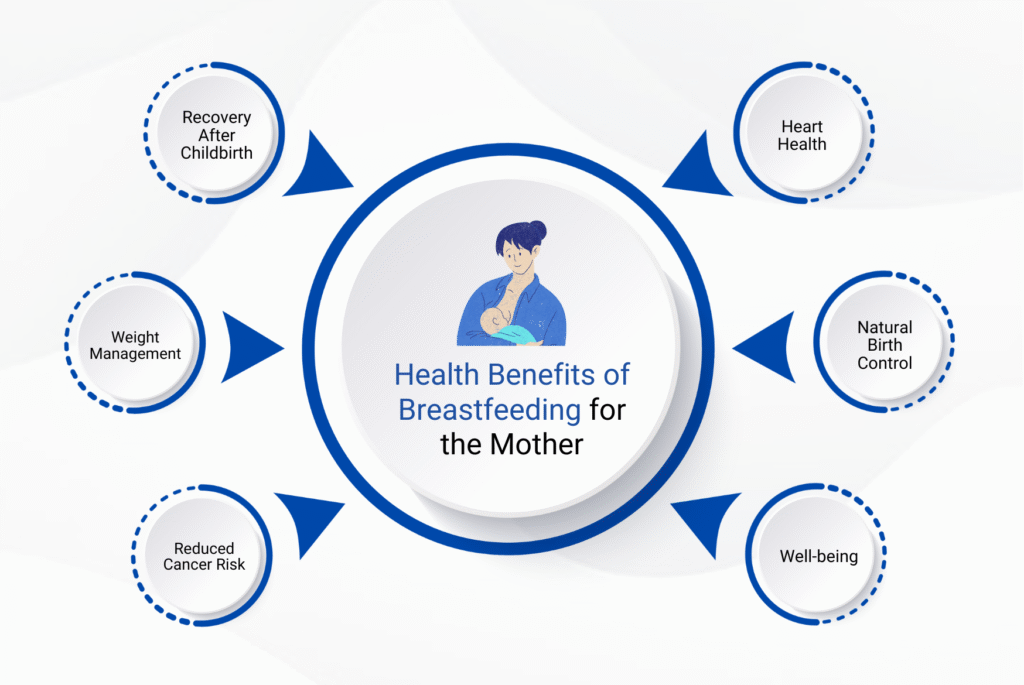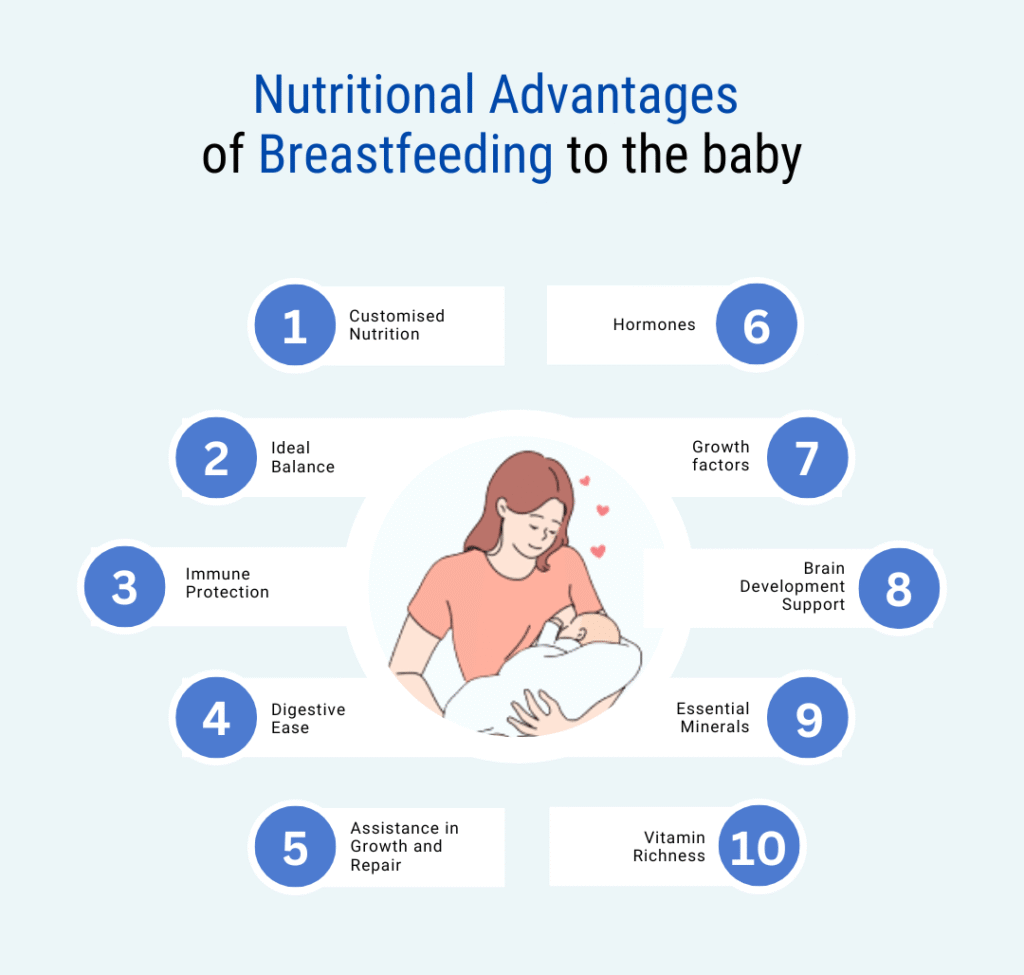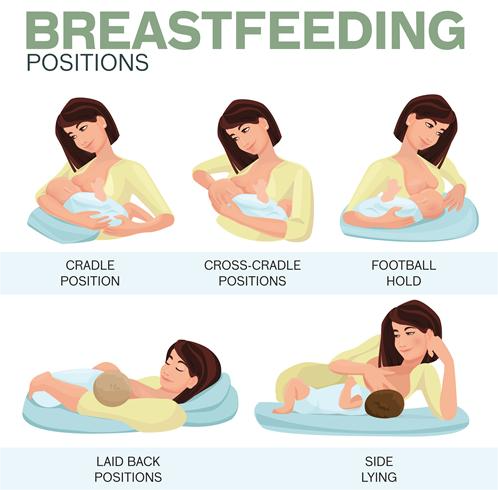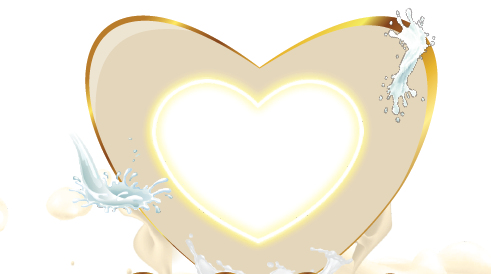


Breastfeeding: Position and Attachment
How to breastfeed:
Breastfeeding is a skill that you and your baby learn together, and it can take time to get used to.
There are lots of different positions you can use to breastfeed. You can try different ones to find out what works best for you. You just need to check the following points:
1. Are you comfortable? It's worth getting comfortable before a feed. Use pillows or cushions if necessary. Your shoulders and arms should be relaxed.
2. Are your baby's head and body in a straight line? It's hard for your baby to swallow if their head and neck are twisted.
3. Are you holding your baby close to you, facing your breast? Supporting their neck, shoulders and back should allow them to tilt their head back and swallow easily.
4. Always bring your baby to the breast and let them latch themselves. Avoid leaning your breast forward into your baby's mouth, as this can lead to poor attachment.
5. Your baby needs to get a big mouthful of breast. Placing your baby with their nose level with your nipple will encourage them to open their mouth wide and attach to the breast well.
6. Try not to hold the back of your baby's head, so that they can tip their head back. This way your nipple goes past the hard roof of their mouth and ends up at the back of their mouth against the soft palate.
How to latch your baby on to your breast ?
Follow these steps to help your baby latch:
1. Hold your baby close to you with their nose level with the nipple.
2. Let your baby's head tip back a little so that their top lip can brush against your nipple. This should help your baby to make a wide, open mouth.
3. When your baby's mouth is open wide enough their chin should be able to touch your breast first, with their head tipped back so that their tongue can reach as much of your breast as possible.
4. With your baby's chin firmly touching your breast and their nose clear, their mouth should be wide open. When they attach you should see much more of the darker nipple skin above your baby's top lip than below their bottom lip. Your baby's cheeks will look full and rounded as they feed.
